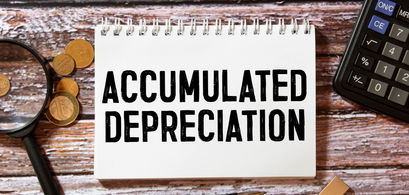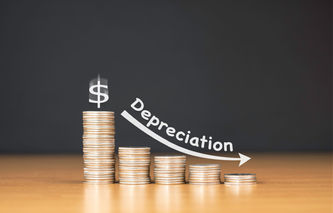Definition
The financial accounting term accumulated depreciation is used to describe a contra asset account that summarizes the total of all the depreciation of an asset that has occurred at a certain point in time.
Explanation
Depreciation of an asset occurs as the serviceable life of tangible plant (fixed assets) occurs over time. Depreciation expense is an income statement line item that allocates the cost of a tangible asset in a systematic manner to those time periods that benefit from the use of the asset.
As depreciation of an asset occurs over time, it is added to the contra asset account accumulated depreciation. This ensures the net value of assets appearing on the balance sheet is correct. By showing both the purchase price of these assets and their accumulated depreciation, the investor or analyst has a better understanding of the historical value of the assets acquired by the company.
Example
Six years ago, Company A purchased a production machine for $1,000,000. The machine is expected to last for 10 years and will have no salvage value at the end of its life. Company A uses straight line depreciation of $100,000 per year. The value of this fixed asset appearing on the balance sheet would be:
Fixed Plant (Machinery and Equipment) | $1,000,000 |
Less: Accumulated Depreciation | $600,000 |
Net Plant | $400,000 |




